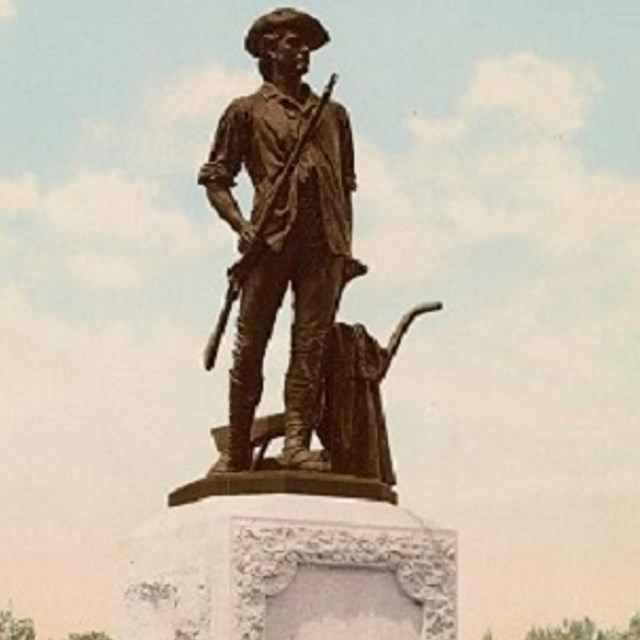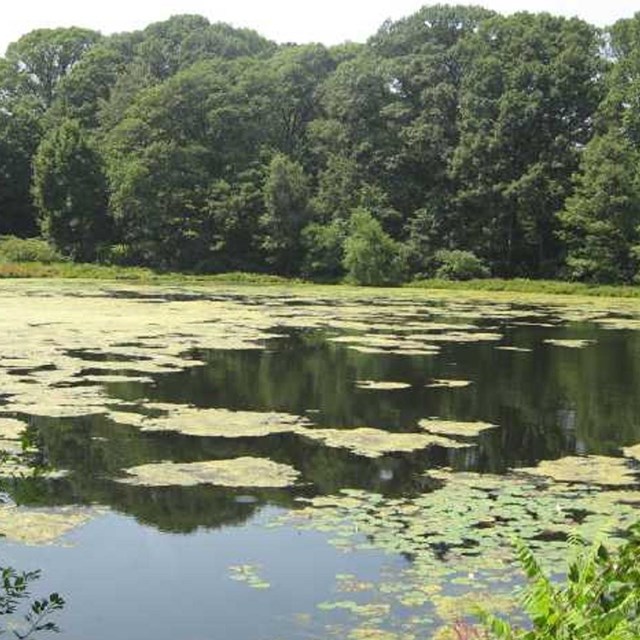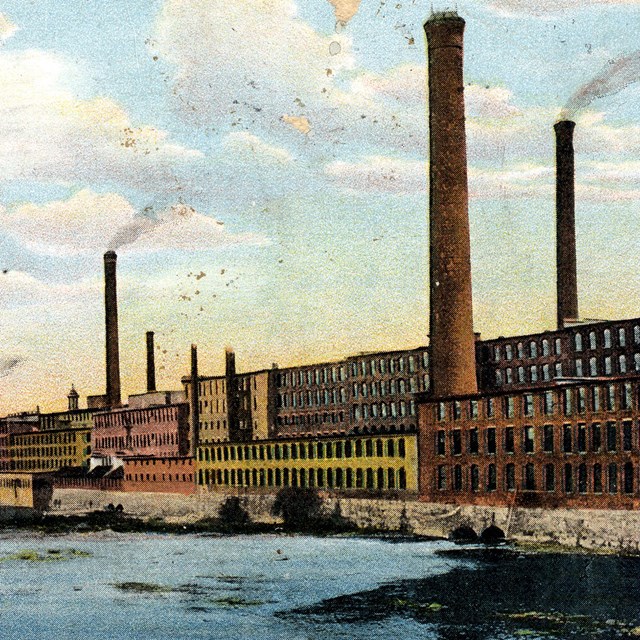Last updated: September 20, 2023
Article
Massachusetts: Teaching with Historic Places
Teaching with Historic Places (TwHP) uses historic places in National Parks and in the National Park Service's National Register of Historic Places to enliven history, social studies, geography, civics, and other subjects. TwHP has created a variety of products and activities that help teachers bring historic places into the classroom.
Here you’ll find place-based educational resources relating to historic places in Massachusetts. Discover more resources at the Teaching with Historic Places homepage.
Featured Educational Resources
-
 The Shot Heard Round the World
The Shot Heard Round the WorldWalk the road where the “shot heard ‘round the world'” sparked the American Revolution.
-
 Boston's Green Connection
Boston's Green ConnectionLearn about Frederick Law Olmsted and his philosophy about parks and cities as well as city life during the Industrial Revolution.
-
 Building America's Industrial Revolution
Building America's Industrial RevolutionLearn how technology applied to textile mills revolutionized industry, affecting mill architecture, city planning, and transportation.
